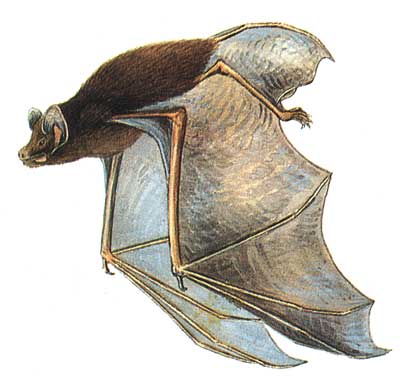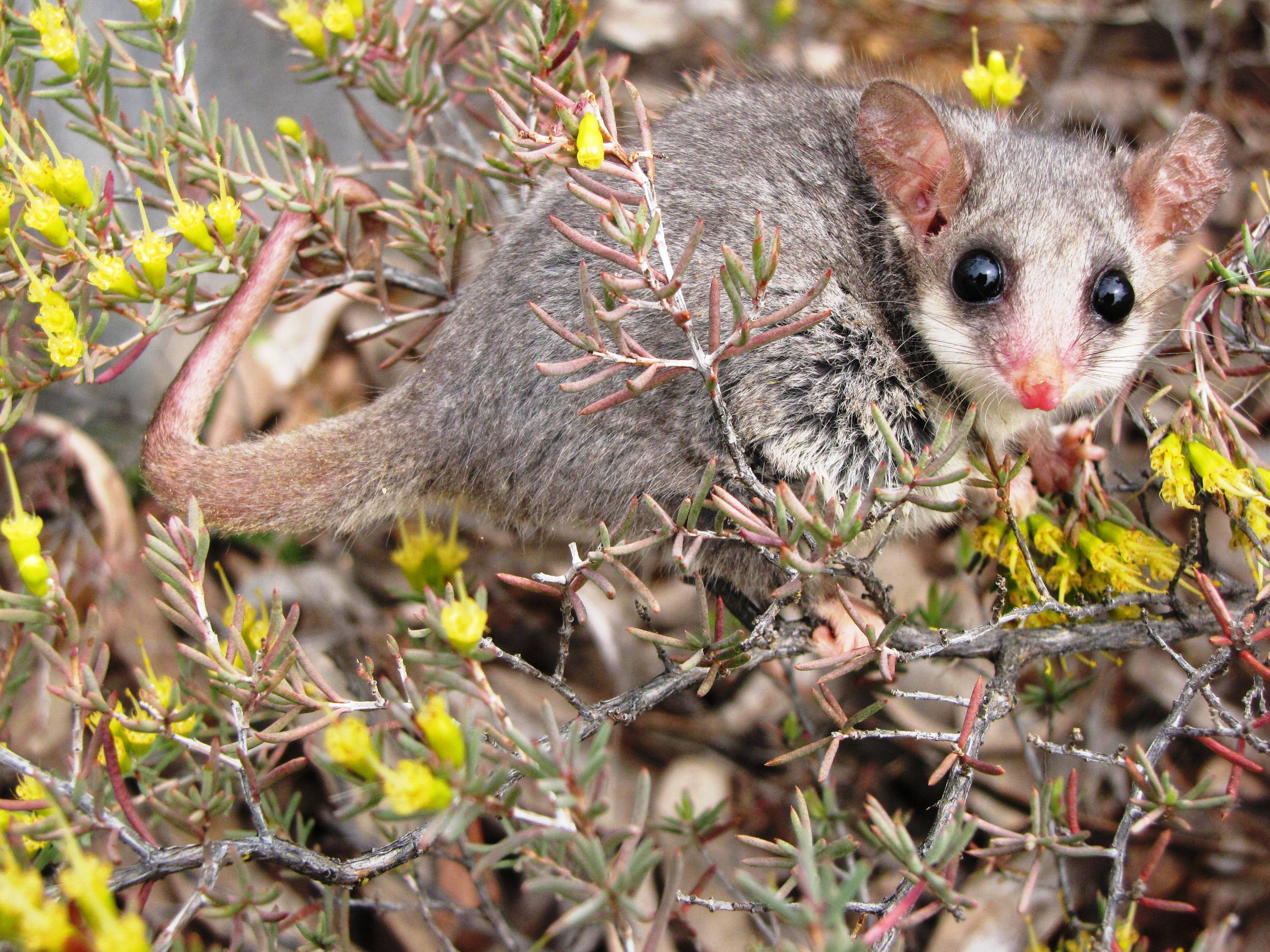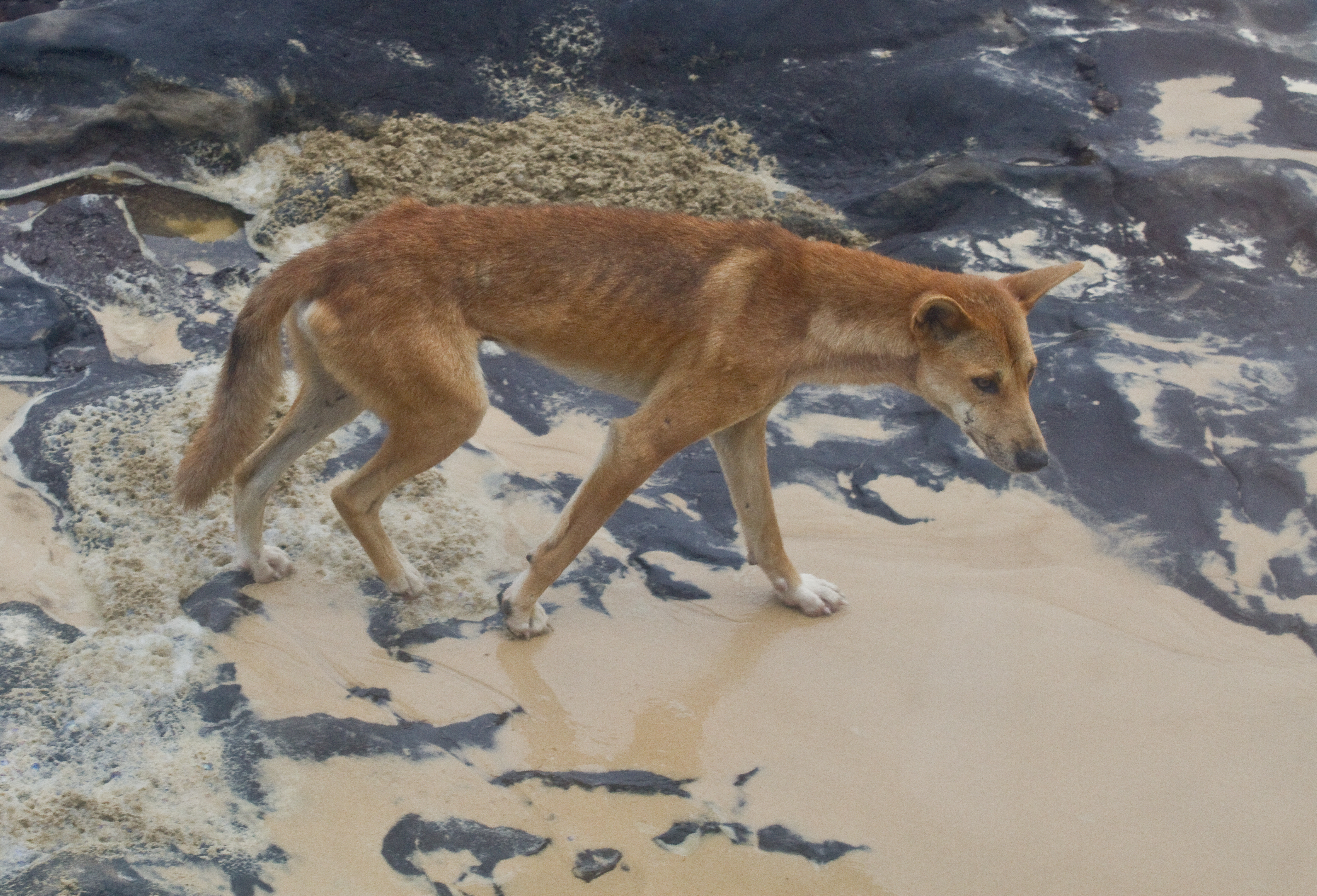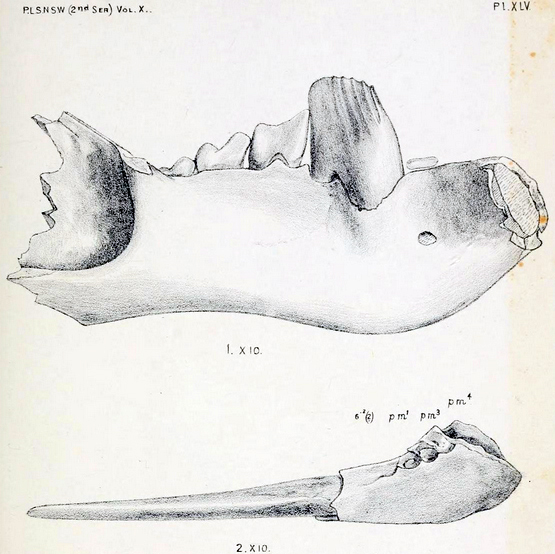|
List Of Mammals Of Victoria
This is a list of mammals of Victoria, Australia: * '' Acrobates pygmaeus'' (feathertail glider) * ''Aepyprymnus rufescens'' (rufous rat-kangaroo) * '' Antechinus agilis'' (agile antechinus) * ''Antechinus flavipes'' (yellow-footed antechinus) * ''Antechinus minimus'' (swamp antechinus) * '' Antechinus swainsonii'' (dusky antechinus) * ''Arctocephalus pusillus'' (Cape fur seal) *''Arctophoca forsteri'' (New Zealand fur seal) * '' Arctophoca tropicalis'' (subantarctic fur seal) * ''Austronomus australis'' (white-striped freetail bat) * ''Axis axis'' (axis deer) introduced *''Axis porcinus'' (Indian hog deer) * ''Balaenoptera acutorostrata'' (minke whale) * ''Balaenoptera edeni'' (Bryde's whale) * ''Balaenoptera musculus'' (blue whale) * ''Balaenoptera physalus'' (fin whale) * ''Bettongia gaimardi'' (eastern bettong) * '' Bettongia penicillata'' (woylie) * ''Burramys parvus'' (mountain pygmy possum) * '' Canis familiaris dingo'' (dingo) * '' Caperea marginata'' (pygmy right whale) * ... [...More Info...] [...Related Items...] OR: [Wikipedia] [Google] [Baidu] |
Mammal
Mammals () are a group of vertebrate animals constituting the class Mammalia (), characterized by the presence of mammary glands which in females produce milk for feeding (nursing) their young, a neocortex (a region of the brain), fur or hair, and three middle ear bones. These characteristics distinguish them from reptiles (including birds) from which they diverged in the Carboniferous, over 300 million years ago. Around 6,400 extant species of mammals have been described divided into 29 orders. The largest orders, in terms of number of species, are the rodents, bats, and Eulipotyphla (hedgehogs, moles, shrews, and others). The next three are the Primates (including humans, apes, monkeys, and others), the Artiodactyla ( cetaceans and even-toed ungulates), and the Carnivora (cats, dogs, seals, and others). In terms of cladistics, which reflects evolutionary history, mammals are the only living members of the Synapsida (synapsids); this clade, together with Saur ... [...More Info...] [...Related Items...] OR: [Wikipedia] [Google] [Baidu] |
Balaenoptera Musculus
''Balaenoptera'' () is a genus of rorquals containing eight extant species. ''Balaenoptera'' comprises all but two of the extant species in its family (the humpback whale and gray whale); the genus is currently polyphyletic, with the two aforementioned species being phylogenetically nested within it. This genus is known in the fossil records from the Neogene to the Quaternary (13.65 million years ago to the present). Taxonomy and systematics The genus ''Balaenoptera'' contains the following extant species and subspecies: * Common minke whale (''Balaenoptera acutorostrata'') ** North Atlantic minke whale (''Balaenoptera acutorostrata acutorostrata'') ** North Pacific minke whale (''Balaenoptera acutorostrata scammoni'') * Antarctic minke whale (''Balaenoptera bonaerensis'') * Sei whale (''Balaenoptera borealis'') ** Northern sei whale (''Balaenoptera borealis borealis'') ** Southern sei whale (''Balaenoptera borealis schlegelii'') * Bryde's whale (''Balaenoptera ede ... [...More Info...] [...Related Items...] OR: [Wikipedia] [Google] [Baidu] |
Dama Dama
The European fallow deer (''Dama dama''), also known as the common fallow deer or simply fallow deer, is a species of ruminant mammal belonging to the family Cervidae. It is historically native to Turkey and possibly the Italian Peninsula, Balkan Peninsula, and the island of Rhodes in Europe. Prehistorically native to and introduced into a larger portion of Europe, it has also been introduced to other regions in the world. Taxonomy Some taxonomists include the rarer Persian fallow deer as a subspecies (''D. d. mesopotamica''), with both species being grouped together as the fallow deer, while others treat it as a different species (''D. mesopotamica''). The white-tailed deer (''Odocoileus virginianus'') was once classified as ''Dama virginiana'' and the mule deer or black-tailed deer (''Odocoileus hemionus'') as ''Dama hemionus''; they were given a separate genus in the 19th century. Description The male fallow deer is known as a buck, the female is a doe, and the young a f ... [...More Info...] [...Related Items...] OR: [Wikipedia] [Google] [Baidu] |
Conilurus Albipes
The white-footed rabbit rat (''Conilurus albipes'') is an extinct species of rodent, which was originally found in woodlands from Adelaide to Sydney, but became restricted to south-eastern Australia. It was kitten-sized and was one of Australia's largest native rodents. It was nocturnal and lived among trees. It made nests filled with leaves and possibly grass in the limbs of hollow eucalyptus trees. The mother carried her young attached to her teats. In a letter to John Gould, then Governor of South Australia Sir George Grey said that he removed a baby from a teat of its dead mother. The baby clung tightly to Gould's glove. Sydney natives called it 'gnar-ruck' which translates as 'rabbit-biscuit'. It was a problem in the settlers' stores at about 1788. The last specimen was recorded at about 1845, but some were reported in 1856–57 and perhaps in the 1930s. Rats may have spread diseases or competed for food with the white-footed rabbit rat. Cats may have been predators, while th ... [...More Info...] [...Related Items...] OR: [Wikipedia] [Google] [Baidu] |
Chalinolobus Morio
The chocolate wattled bat, species ''Chalinolobus morio'', is a bat in the family Vespertilionidae. It is found only in Australia, including the island Tasmania, and widespread in southern regions. It is known to reside from sea level to at least in Victoria. Taxonomy A description of the species was published by John Edward Gray in 1841, assigning it to the genus '' Scotophilus''. There are three synonyms for the species: ''Chalinolobus australis'', ''Chalinolobus microdon'', and ''Chalinolobus signifer''. Taxonomic research on the isolated populations is lacking. The name of the genus is derived from ancient Greek: ''chalinos'', meaning 'bridle', and ''lobos'', lobe. The specific epithet is also from the greek name Moros, the "son of night". The term 'wattled' refers to a characteristic of its related species, a conspicuous lobe at the head. Description A vespertilionid, with a rich and nearly uniform brown colour that resembles milk chocolate. The colour is often li ... [...More Info...] [...Related Items...] OR: [Wikipedia] [Google] [Baidu] |
Chalinolobus Gouldii
Gould's wattled bat (''Chalinolobus gouldii'') is a species of Australian wattled bat named after the English naturalist John Gould.Chruszcz, Bryan & Barclay, M. R. (2002)''Mammalian Species'' Chalinolobus gouldii The American Society of Mammalogists. (pdf) Description ''C. gouldii'' is the largest of the genus ''Chalinolobus'', a group distinguished by fleshy lobes located at the corners of its mouth. For individuals throughout their range, the average length (head and body) is 70 ± 5 mm and average mass is 14 ± 4 g. Distribution and habitat ''C. gouldii'' is known throughout mainland Australia (excluding northern Cape York Peninsula and Nullarbor Plain) as well as Tasmania, New Caledonia, and Norfolk Island. ''C. gouldii'' is found in a variety of habitats. In wooded areas, they are mostly arboreal, though they have also been found in the stumps and hollow limbs of trees or in bird nests. They may also inhabit urban settings, such as the ceilings and basements o ... [...More Info...] [...Related Items...] OR: [Wikipedia] [Google] [Baidu] |
Cercartetus Nanus
The eastern pygmy possum (''Cercartetus nanus'') is a diprotodont marsupial of south-eastern Australia. Occurring from southern Queensland to eastern South Australia and also Tasmania, it is found in a range of habitats, including rainforest, sclerophyll forest, woodland and heath. Taxonomy and nomenclature The eastern pygmy possum is the type species of the genus ''Cercartetus'' (family Burramyidae), and was first described as ''Phalangista nana'' with the specific name meaning ‘dwarf’ in Latin. Currently, the authority for the specific name is widely accepted as Desmarest 1818, but in a review recently published, it was pointed out that an earlier version of Desmarest's account was published in 1817. Names synonymous with ''Cercartetus nanus'' are ''Phalangista glirifomis'' (Bell, 1828) and ''Dromicia britta'' (Wood Jones, 1925). These coincide with the two subspecies ''C. n. nanus'' (Desmarest, 1818) (the Tasmanian subspecies) and ''C. n. unicolor'' (Krefft, 1863) (the m ... [...More Info...] [...Related Items...] OR: [Wikipedia] [Google] [Baidu] |
Cercartetus Lepidus
The Tasmanian pygmy possum (''Cercartetus lepidus''), also known as the little pygmy possum or tiny pygmy possum, is the world's smallest possum. It was first described by Oldfield Thomas in 1888, after he identified that a museum specimen labelled as an eastern pygmy possum in fact represented a species then unknown to science. The holotype resides in the Natural History Museum in London. Description Although it is a marsupial, the Tasmanian pygmy possum superficially resembles a dormouse, and it is the smallest of all the known species of possum. Adults range from in head-body length, with a tail, and weigh just . Their fur is soft and thick, and is fawn in colour over most of the body, fading to a pale grey on the underparts. The snout is short with long whiskers, and the eyes are directed forwards and surrounded by slightly darker fur, although without the conspicuous black rings seen on other pygmy possums. The ears are mobile and largely hairless. The tail is prehen ... [...More Info...] [...Related Items...] OR: [Wikipedia] [Google] [Baidu] |
Cercartetus Concinnus
The western pygmy possum (''Cercartetus concinnus''), also known as the southwestern pygmy possum or the ''mundarda'', is a small marsupial found in Australia. Genetic studies indicate its closest relative is probably the eastern pygmy possum, from which its ancestors diverged around eight million years ago. Taxonomy John Gould provided the first description of ''Cercartetus concinnus'', which was read before the Zoological Society of London and published in 1845. Gould assigned the new species to the genus '' Dromicia'', recognising an affinity with a previously described species found in Tasmania. The animal was also described in the same year as ''Phalangista'' (''Dromicia'') ''neillii'' by G. R. Waterhouse, recognised as a synonym of the species. Description The western pygmy possum is unusual in ''Cercartetus'', as, unlike its grey relatives, the fur over most of its body is a bright cinnamon colour. It has pure white underparts, which also distinguishes it from its rel ... [...More Info...] [...Related Items...] OR: [Wikipedia] [Google] [Baidu] |
Dingo
The dingo (''Canis familiaris'', ''Canis familiaris dingo'', ''Canis dingo'', or ''Canis lupus dingo'') is an ancient (Basal (phylogenetics), basal) lineage of dog found in Australia (continent), Australia. Its taxonomic classification is debated as indicated by the variety of scientific names presently applied in different publications. It is variously considered a form of domestic dog not warranting recognition as a subspecies, a subspecies of dog or wolf, or a full species in its own right. The dingo is a medium-sized Canis, canine that possesses a lean, hardy body adapted for speed, agility, and stamina. The dingo's three main coat colourations are light ginger or tan, black and tan, or creamy white. The skull is wedge-shaped and appears large in proportion to the body. The dingo is closely related to the New Guinea singing dog: their lineage split early from the lineage that led to today's domestic dogs, and can be traced back through the Maritime Southeast Asia to Asia. ... [...More Info...] [...Related Items...] OR: [Wikipedia] [Google] [Baidu] |
Burramys Parvus
The mountain pygmy possum (''Burramys parvus''); also simply known as the burramys, is a small, mouse-sized (weighs ) nocturnal marsupial of Australia found in dense alpine rock screes and boulder fields, mainly southern Victoria (Australia), Victoria and around Mount Kosciuszko in Kosciuszko National Park in New South Wales at elevations from . At almost , its prehensile tail is longer than its combined head and body length. Its diet consists of insects (such as the bogong moth), fleshy fruits, Nut (fruit), nuts, nectar and seeds. Its body is covered in a thick fur, coat of fine grey fur except for its stomach, which is cream coloured; its tail is hairless. On the underside of the female's body is a pouch containing four teats. This Phalangeriformes, possum is the Monotypic taxon, only Extant taxon, extant species in the genus ''Burramys''. It is also the only Australian mammal restricted to alpine climate, alpine habitat. Discovery The mountain pygmy possum was first discover ... [...More Info...] [...Related Items...] OR: [Wikipedia] [Google] [Baidu] |



